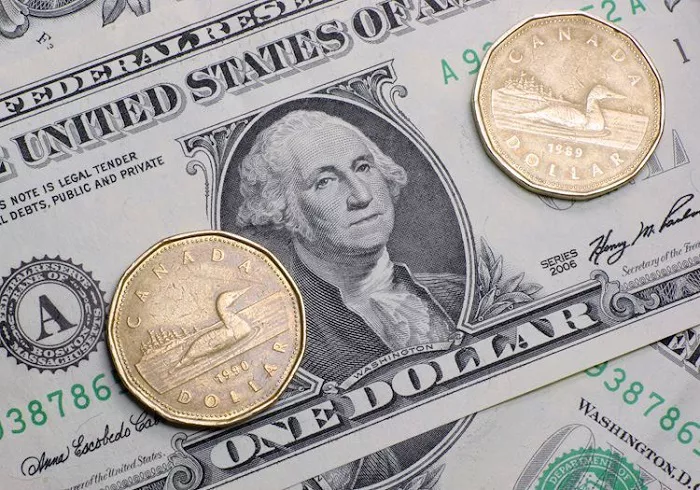In Tuesday’s Asian trading session, the AUD/JPY currency pair struggled to find a clear direction, remaining in a tight trading range around the 93.70 level. This came after the Reserve Bank of Australia (RBA) made its interest rate decision, leaving the Official Cash Rate unchanged, which failed to provide a significant boost to the pair.
RBA’s Steady Rate Policy and Its Implications
As anticipated by the market, the RBA announced at the conclusion of its April monetary policy meeting that it would maintain the Official Cash Rate at 4.1%. In the accompanying statement, the central bank adopted a cautious tone regarding the economic outlook. It emphasized that its top priority remained bringing inflation sustainably back to the target level. The RBA also noted that the ongoing decline in underlying inflation was a positive sign, while keeping the door open for a potential rate cut in May, given that monetary policy remained restrictive.
This decision had a limited impact on the AUD/JPY pair. The Australian Dollar (AUD) faced downward pressure due to ongoing concerns about US President Donald Trump’s aggressive trade policies and their potential negative impact on the global economy. These trade – related uncertainties clouded the economic outlook for Australia, a major exporter, dampening the appeal of the AUD.
Japanese Yen Strength and Market Caution
On the other hand, the Japanese Yen (JPY) received support from several factors. The release of the Bank of Japan’s (BoJ) Tankan survey showed that Japanese enterprises had revised upwards their inflation forecasts for the next one, three, and five years. This data strengthened the case for further BoJ rate hikes, causing some dip – buying around the JPY and capping the upside potential of the AUD/JPY cross.
Market participants, however, were hesitant to make bold trading moves. They were waiting for Trump’s reciprocal tariffs announcement, scheduled for 19:00 GMT. Given the current fundamental situation, the path of least resistance for the AUD/JPY cross seemed to be downward. Any short – term upward movement in the pair was likely to be seen as a selling opportunity by investors.
Understanding the RBA Interest Rate Decision’s Impact
The RBA’s interest rate decisions are closely watched by investors as they have a significant impact on the Australian Dollar. The central bank makes these announcements at the end of its eight scheduled meetings each year. A hawkish stance from the RBA, where it raises interest rates in response to inflationary pressures, is generally positive for the AUD. Conversely, a dovish approach, such as keeping rates unchanged or cutting them, as seen in this latest decision, is considered bearish for the currency. In this case, the unchanged rate at 4.1% (matching both the previous rate and market consensus) contributed to the lack of upward momentum in the AUD/JPY pair.
Related Topics:
AUD/JPY Stabilizes at 96.50 Amid CPI Miss, Focus Shifts to US-China Trade Talks
AUD/JPY Struggles to Maintain Momentum, Faces Bearish Bias
AUD/JPY Lingers Around 98.00 Ahead of Central Bank Meeting Minutes


